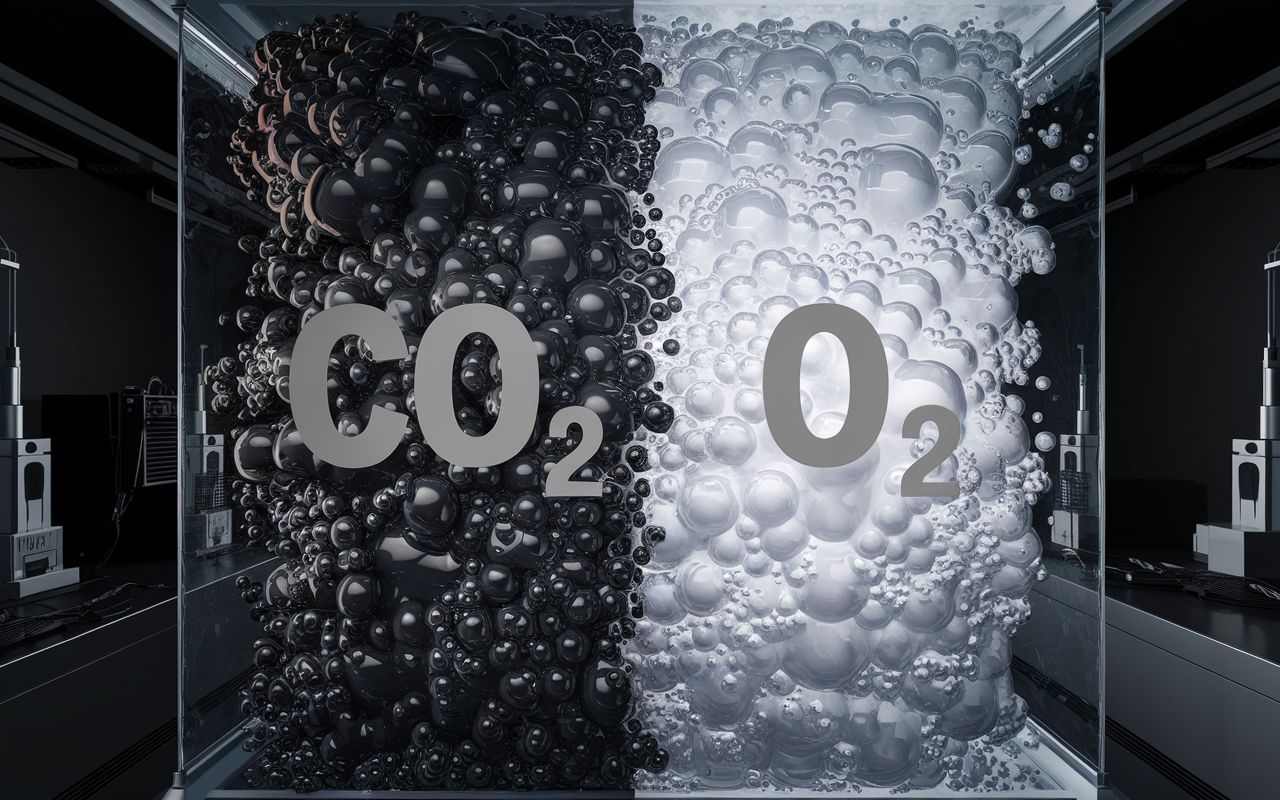Follow us on Google News (click on ☆)

The combustion of fossil fuels, steel and cement industries, refineries, and transportation are the main sources of carbon dioxide (CO₂) emissions. A promising solution to reduce these emissions is to develop capture technologies tailored to each CO₂ source, particularly the volume of gas emitted, its composition, and the contaminants it contains. Among existing solutions, separation membranes are energy-efficient, easy to use, and can be easily deployed on a large scale.
Concretely, there are rigid membranes made of glassy polymers, ideal for applications requiring precise separation but lacking speed, and more flexible rubbery membranes that allow for rapid separation, this time at the expense of precision. As for the ideal material that would combine selectivity and permeability, it remains at the heart of research and innovation efforts.
In this context, an international research team led by chemists from the European Institute of Membranes (CNRS/ENSCM/University of Montpellier) has developed a new category of materials that could well be the solution: rubbery organic frameworks (ROFs).
These innovative membranes exploit a hybrid structure: elastic polymers, capable of efficiently transporting CO₂, combined with crystalline structures that act as molecular sieves. Thanks to reversible bonds controlled at the molecular level, ROFs form stable and robust films whose transient and fluctuating porosity avoids the defects associated with traditional porous materials.
The result? High permeability and selectivity for CO₂ well above current standards. Moreover, their performance is enhanced in the presence of water vapor, a major advantage since most industrial gases contain moisture. Easy to produce as homogeneous and robust films, ROFs prove to be ideal for large-scale industrial applications. They are particularly suited for CO₂ capture in humid environments, such as industrial flue gases, where they outperform traditional polymer or porous material membranes.
This breakthrough, published in the journal Science Advances, paves the way for more sustainable and economically viable CO₂ capture processes. By combining permeability, selectivity, and ease of implementation, ROFs could become a cornerstone of carbon capture and storage technologies, thus contributing to the fight against climate change. The next steps include optimizing their large-scale production and integrating them into industrial systems.
Editor: AVR
References:
Rubbery organic frameworks (ROFs) toward ultrapermeable CO2-selective membranes
Marius Sandru, Marie Prache, Thomas Macron, Lidia Căta, Mehmet Göktuğ Ahunbay, May-Britt Hägg, Guillaume Maurin & Mihail Barboiu.
Science Advances 2024
https://doi.org/10.1126/sciadv.adq5024